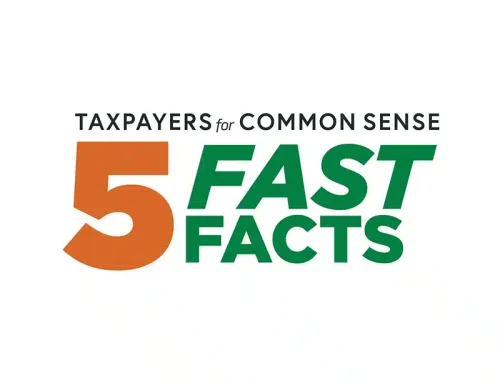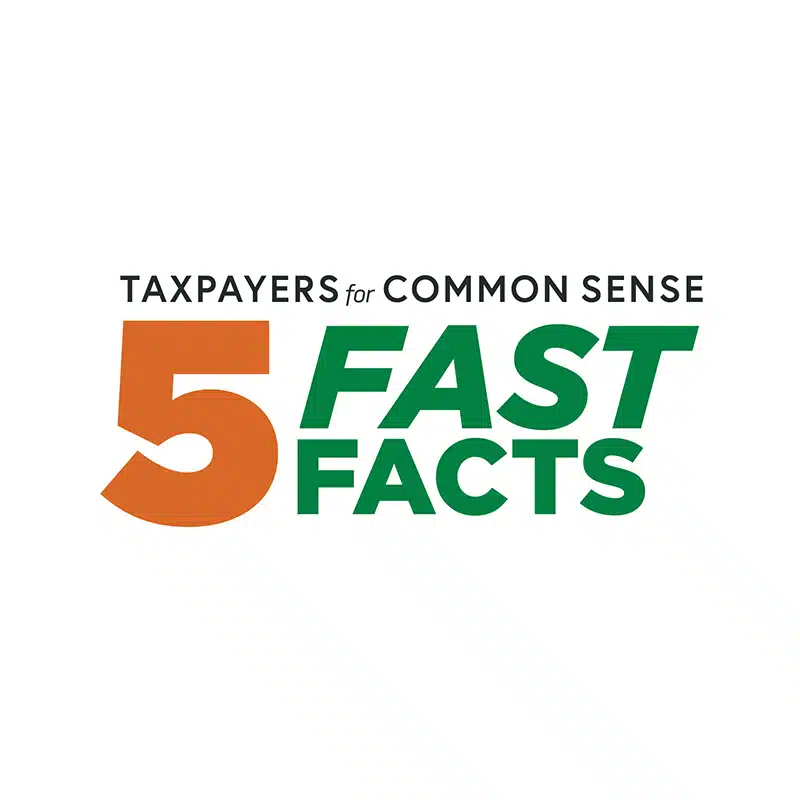A twenty year-old tax credit that was originally intended to decrease US reliance on foreign oil has proven ineffective, yet currently costs taxpayers about $1 billion per year. This credit tells the story on how Congress has been unable to find quick fixes to our national energy security problems and how taxpayers have paid the price.
Coal-based “synfuels,” were promoted by President Jimmy Carter as a viable solution to the late 1970s oil embargo. President Ronald Reagan later shut down the US Synthetic Fuels Corp. after it became a symbol of government waste for spending $1.5 billion without producing results. But, a little lobbying on behalf of synfuel producers kept the tax credits for synfuels alive.
Established in 1979, Section 29 of the Internal Revenue Code provides a tax credit to oil and gas companies for producing fuels from non-conventional sources. Originally, the applicability of these credits to coal-based synfuels was targeted at processes that turned ordinary coal into a liquid or gas state that would burn more efficiently or a solid that would do less damage to the environment. The coal industry really began taking advantage of the credits in 1996 when the IRS ruled that companies could sell off their Section 29 credits, thereby allowing companies to profit from the credits even if they didn't have a large tax liability.
With the synfuel tax credit fetching about $26 per ton and the value of ordinary coal ranging from $21 to $24 per ton, it's not surprising that business have lobbied hard to get coal-based synfuels to qualify for the credit. Who wouldn't want to double their money? Unfortunately, the IRS has been duped into approving many of these methods despite the fact that there is little evidence of any benefit for our nation.
One company's synfuel production involves mixing ground up regular coal with what they say is a petroleum-based chemical. The other approved production techniques that fetch businesses the tax credit include combining coal dust with binding agents and squeezing the mixture into pellets or briquettes and the “spray and pray” method where ordinary coal is sprayed with a low-cost substance. Some of the substances sprayed on coal include diesel, a waste byproduct of the papermaking industry, and starch.
The tax credit for synfuels has clearly proven ineffective in reducing our reliance on foreign oil. However, it has still remained a financial boom to a few coal companies. In a press release announcing Headwaters Inc.'s sale of one of its facilities, the Utah-based company stated that it would retain a 50 percent interest so that it “could realize approximately $2.5 million annually in tax credits, or $0.10 per share increase in earnings during a full year of operations.”
Last year, 55 companies received the synfuel tax credits at a cost of nearly $1 billion to taxpayers. There is little difference in the way that coal-based synfuel and ordinary coal burns, but the Section 29 credits enable synfuel prices to undercut those of ordinary coal, irking conventional coal operators and foreign coal producers who complain of unfair trade.
There is legislation in the Senate to extend Synfuel credits through the end of 2007. Taxpayers have subsidized the synfuel sham for long enough. It's time to end this ridiculous waste of tax dollars. Congress should end this giveaway that brings no benefit to America.











Get Social